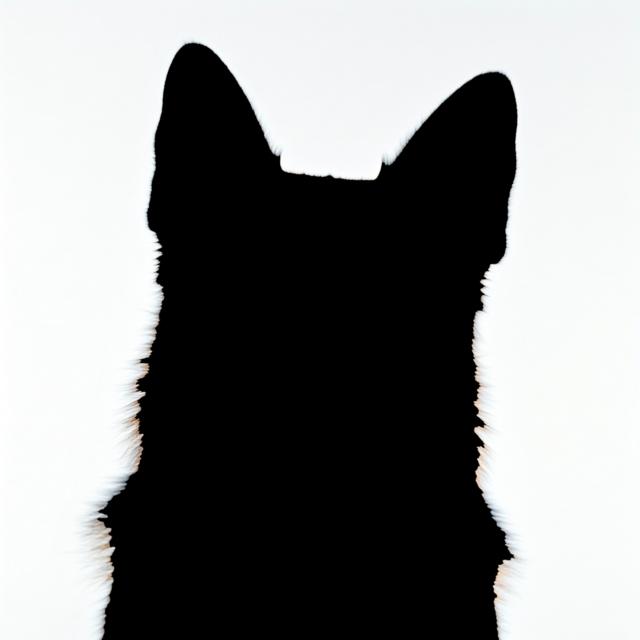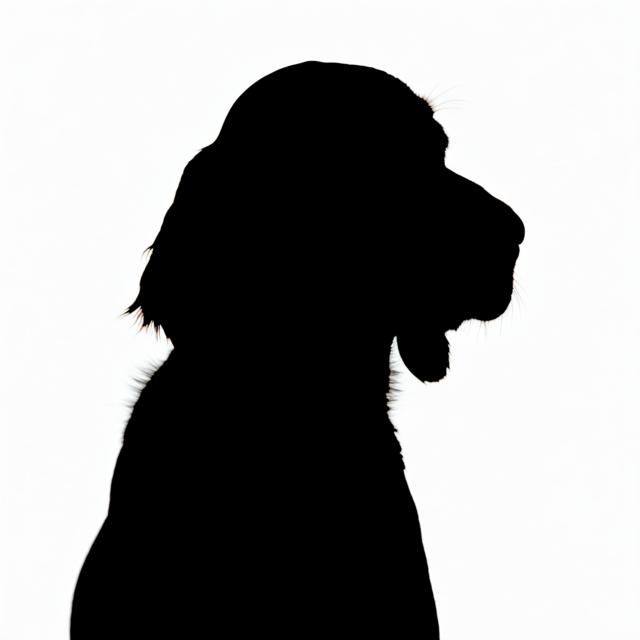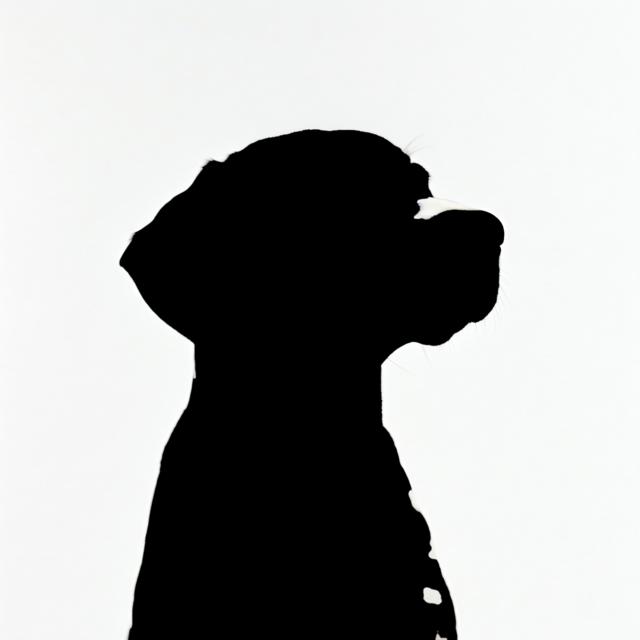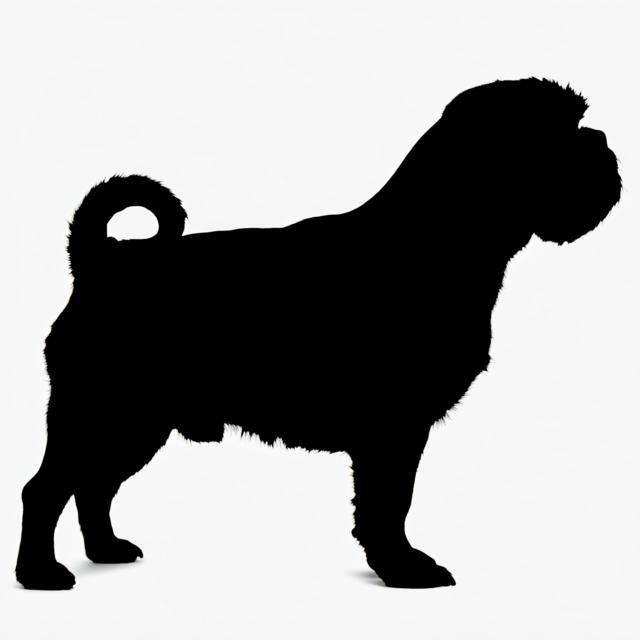Wire Fox Terrier
Wirehaired Fox Terrier
 akc
akc ankc
ankc ckc
ckc fci
fci nzkc
nzkc rkc
rkc ukc
ukc



Summary
- The Wire Fox Terrier is a lively and intelligent breed originating from England, known for its fox-hunting history and distinctive wiry coat. These dogs are affectionate with family, require high exercise levels, and regular grooming.
Origin and Purpose
- Developed in England in the 19th century to hunt foxes, driving them from their dens during hunts.
Appearance
Dimensions
| Gender | Height | Weight |
|---|---|---|
| Female | Up to 15.5 inches | Around 16 pounds |
| Male | Up to 15.5 inches | Around 18 pounds |
Coat
| Attribute | Notes |
|---|---|
| Color |
|
| Type |
|
| Length |
|
Care
| Attribute | Notes |
|---|---|
| Shedding |
|
| Grooming |
|
| Drooling |
|
Body
| Attribute | Notes |
|---|---|
| Head |
|
| Skull |
|
| Ears |
|
| Eyes |
|
| Nose |
|
| Muzzle |
|
| Teeth |
|
| Neck |
|
| Forequarters |
|
| Fore Legs |
|
| Hindquarters |
|
| Hind Legs |
|
| Feet |
|
| Tail |
|
| Gait |
|
Temperament
- Alert, intelligent, spirited, and sometimes stubborn
Social
| Attribute | Notes |
|---|---|
| Affectionate with Family |
|
| Good with Children |
|
| Good with Dogs |
|
| Good with Cats |
|
| Openness to Strangers |
|
| Playfulness Level |
|
| Protective Nature |
|
| Adaptability Level |
|
Working Roles
- Fox hunting, vermin control, family companion, show dog
Exercise Needs
- High; requires daily exercise
Health
- Generally healthy, but prone to some genetic conditions like lens luxation and patellar luxation
Additional Notes
- Known for their terrier traits, they require consistent training and mental stimulation. Regular grooming, including hand-stripping, is necessary to maintain their coat.